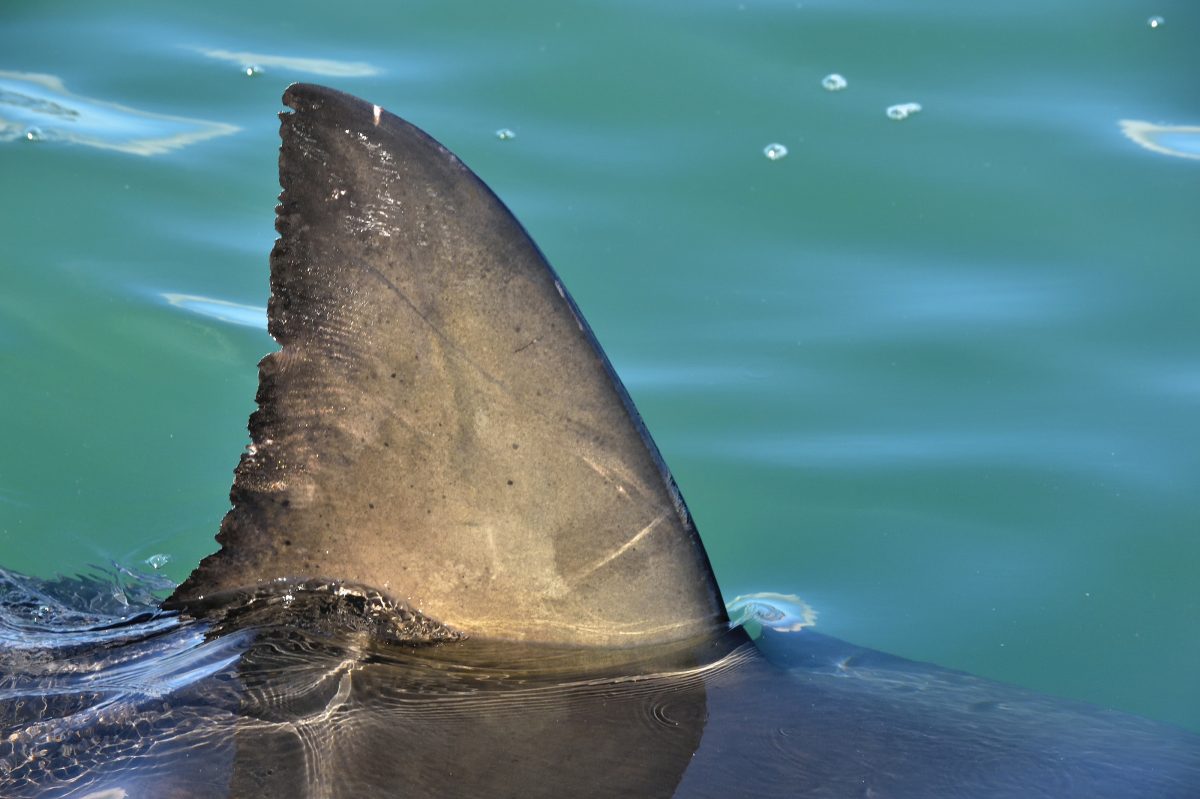We kill an estimated 70-100 million sharks every year. Despite increased awareness and continued activism, this number increases everyday.
The shark fin industry continues to expand. Just last May, 2020, 26 tons of shark fins were seized in Hong Kong’s port, in a shipment from Ecuador, deemed as the “biggest shark fin seizure in Hong Kong history” with over 38,500 endangered sharks in the shipment.
I’ve had shark fin soup during celebratory occasions in my home in Hong Kong, but I stopped my consumption when I became aware of the extent of this barbaric industry. I can absolutely tell you that shark fin is tasteless. Shark fin soup tastes just as good without shark fin in it — the flavor for the soup comes from the broth and the shark fin merely provides texture to the dish. So if it’s tasteless, why do we still consume it? To answer this, we must understand the history of shark fin in China.

A Brief History of Shark Fins in China
Shark fins as a delicacy in Chinese cuisine appeared during the Ming Dynasty in China around 600 years ago. The dish was prepared for emperors at big celebrations such as wedding banquets and large gatherings. In traditional Chinese culture, animals known to be strong and fierce “were believed to impart strength to those who ate them and thus were considered suitable for the imperial family. Similar to the Thanksgiving turkey, shark fin is a food that is not eaten often but bears an important cultural and traditional meaning. Shark fin was rare for nobles and non-existent for commoners to consume, so an association with wealth and status was attached to shark fin soup.
Technological improvements in mechanical fishing, fueled by the industrial revolution, resulted in a larger yield of shark fin. The labor and intensity that once made shark fishing so incredibly difficult has now become easier.
The embodiment of prestige has unfortunately made the dish extremely popular in banquets and business functions. Once upon a time, there were just a few people eating shark fin, but now there are millions. Unfortunately, its still widely accepted at wedding banquets, large gatherings and corporate functions to serve shark fin soup simply to reinforce the antiquated symbols of power, status and wealth.
However, there has been progress in consumer education. Yao Ming’s conservation campaigns have led to at least a 50% reduction in the consumption of shark fin soup in China). As recently as 2006, 75% of Chinese didn’t know the severity of the problems involved when sharks were killed to make shark fin soup. But now, 91% of Chinese support a nationwide ban.
The market has been shifting away from China as the shark fin industry looks for other ways to survive. According to WildAid, Thailand has become a major emerging market. Other notable places include Macau, Singapore, Taiwan, Indonesia and Vietnam.’

Why Should We Care About Sharks?
So what if all shark species went extinct? Is it really that bad?
Sharks are known as a keystone species. They have innumerable contributions ranging from fish population & health regulation, to maintaining seagrass and coral reef habitats. When you remove them, the entire ocean ecosystem collapses in what is known as a “trophic cascade”. We have seen these cascades many times before. For instance, the US instituted a predator control program in Yellowstone Park, and by 1926 the last wolf was killed, triggering a trophic cascade. The effect was an ecosystem collapse which decimated nearly every species in the area.
The biological health of our ocean is responsible for regulating the temperature of the entire earth and mitigating climate change. In Western Australia, tiger sharks patrol the seagrass beds and limit sea turtles and dugongs from eating excessive amounts of seagrass they eat. This careful monitoring from the tiger sharks results in primary production, in which CO2 uptake maintains carbon sediment stocks. Marine sediments are one of the most expansive and critical carbon reservoirs on the planet, so they’re key for regulating climate change. Seagrass is a small but mighty resource – although it inhabits just 0.2% of the ocean floor, it accounts for up to 10% for the ocean’s carbon storage capacity.
A few sharks can’t change the temperature of the Earth, right? I agree, however, we are not killing a few sharks but 70-100 million sharks per year. That is 10,000 sharks per hour or 1 Billion per decade and, sadly, the popularity of shark fin soup is on the rise in other nations.
The rate of population decrease is also exponential. Sharks have an extremely slow spawning rate, taking about 10-15 years to reach sexual maturity and only having a few pups. Any amount of fishing, especially of young sharks, is detrimental to the population.
It should be clear that shark finning is an unsustainable practice. The ethical reasons for not eating shark fin have been widely publicized in the past decade, but did you know that eating shark fin is also poisoning you? More on this in the next article…
In the meantime, you can learn more about the history of shark finning from this article in Smithsonian Ocean.
